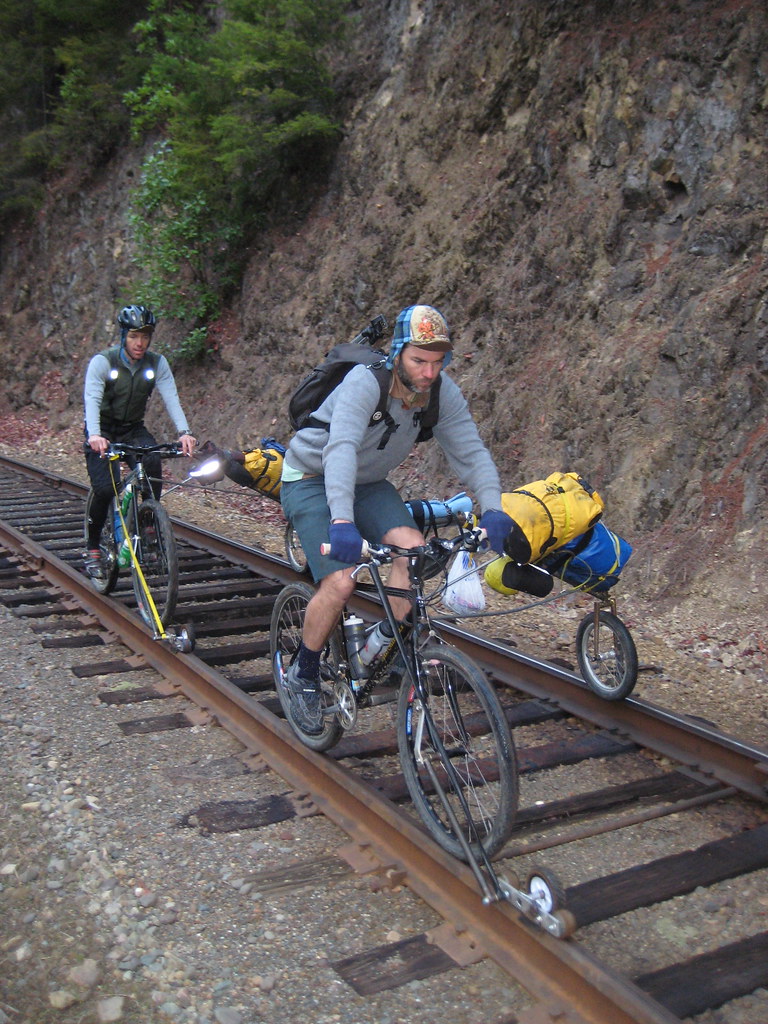This is a Bronx bicycle dealer:
Believe it or not, this photo came up when I typed "bicycle Bronx" in Google. I know the Bronx fairly well--though, I admit, not as well as I know Brooklyn, Manhattan or Queens--and could not recall seeing anything that looks like the shop, or its locale, in the only New York City borough that's part of the mainland United States.
But, really, they are a Bronx bicycle dealer. Granted, that photo is from 1948, but the shop in question--L.J. Stronnell Cycles--is still in business, in the same location in Buckinghamshire.
Buckinghamshire doesn't sound like a neighborhood in the Bronx, does it? Well, it shouldn't: I don't think there's any place in the Bronx with "shire" at the end of its name.
Those of you in the UK know that it's where, for ages, rich Londoners have spent idyllic holidays. And not without reason: Much of it is quite lovely, with its rolling hills and rivers. But it's becoming more developed, as more and more of said Londoners are moving there and commuting into the city.
OK, so what does all of this have to do with the Bronx?, you ask. Well, it turns out that Stronnell sells Bronx bicycles. No, they're not airlifted from the Grand Concourse or Fordham Road. Bronx Cycles, believe it or not, is a line of bicycles available in the UK but not in the US (at least, not to my knowledge).
It's interesting that with all of the cachet the Brooklyn brand, if you will, has gained all over the world, a popular line of bicycles in England would be named for New York's most maligned borough.
I guess whoever came up with the name was trying to evoke images of toughness. Or, perhaps, that person (or those people) actually spent time in the Bronx and realized that it has a number of interesting places besides the Zoo, Botanical Gardens and Yankee Stadium--and some good cycling and fine people.
Perhaps they know what I have been telling people: One day, anything related to the Bronx will be just as hip and fashionable as anything connected to Brooklyn is today. I can't say exactly when it will happen, but the day is certainly coming. When it does, will hipsters be wheeling their fixies to craft-beer cafes on Bruckner Boulevard--while English cycle-tourists roll across the countryside on Bronx bicycles?
Believe it or not, this photo came up when I typed "bicycle Bronx" in Google. I know the Bronx fairly well--though, I admit, not as well as I know Brooklyn, Manhattan or Queens--and could not recall seeing anything that looks like the shop, or its locale, in the only New York City borough that's part of the mainland United States.
But, really, they are a Bronx bicycle dealer. Granted, that photo is from 1948, but the shop in question--L.J. Stronnell Cycles--is still in business, in the same location in Buckinghamshire.
Buckinghamshire doesn't sound like a neighborhood in the Bronx, does it? Well, it shouldn't: I don't think there's any place in the Bronx with "shire" at the end of its name.
Those of you in the UK know that it's where, for ages, rich Londoners have spent idyllic holidays. And not without reason: Much of it is quite lovely, with its rolling hills and rivers. But it's becoming more developed, as more and more of said Londoners are moving there and commuting into the city.
OK, so what does all of this have to do with the Bronx?, you ask. Well, it turns out that Stronnell sells Bronx bicycles. No, they're not airlifted from the Grand Concourse or Fordham Road. Bronx Cycles, believe it or not, is a line of bicycles available in the UK but not in the US (at least, not to my knowledge).
It's interesting that with all of the cachet the Brooklyn brand, if you will, has gained all over the world, a popular line of bicycles in England would be named for New York's most maligned borough.
I guess whoever came up with the name was trying to evoke images of toughness. Or, perhaps, that person (or those people) actually spent time in the Bronx and realized that it has a number of interesting places besides the Zoo, Botanical Gardens and Yankee Stadium--and some good cycling and fine people.
Perhaps they know what I have been telling people: One day, anything related to the Bronx will be just as hip and fashionable as anything connected to Brooklyn is today. I can't say exactly when it will happen, but the day is certainly coming. When it does, will hipsters be wheeling their fixies to craft-beer cafes on Bruckner Boulevard--while English cycle-tourists roll across the countryside on Bronx bicycles?
















